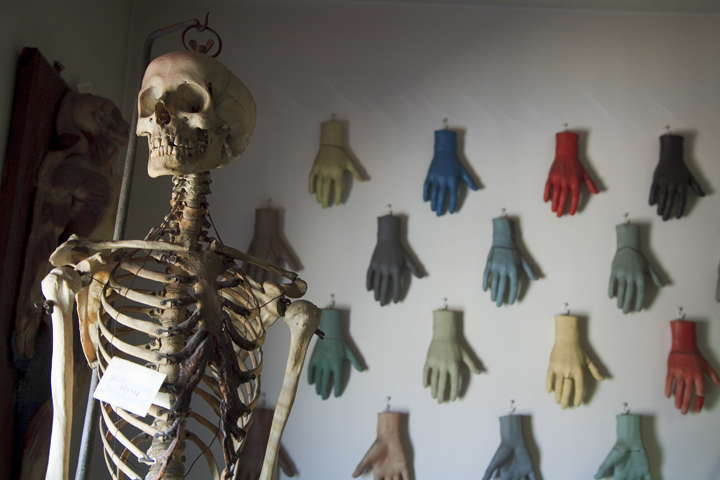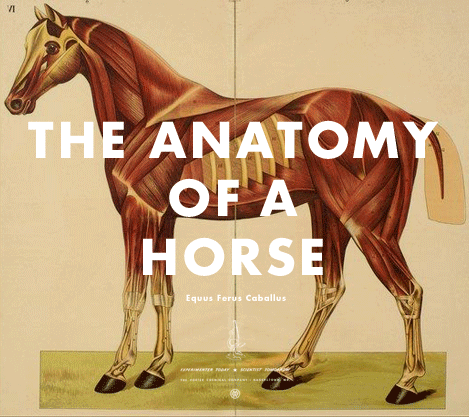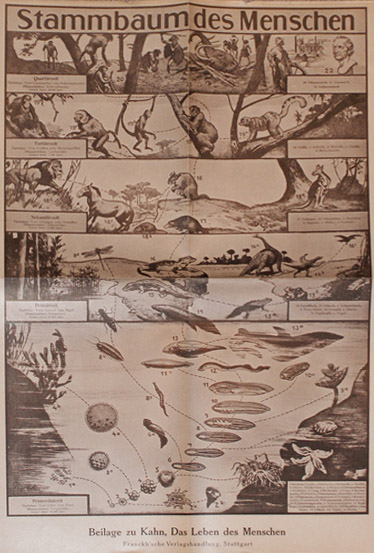
This Saturday night, animator GF Newland and School of Visual Art professor Trilby Schreiber will be launching "Oxberry Pegs Presents: Animators Are God?", a new series at Observatory that seeks to investigate the human drive to animate--to give life or the illusion of life--in the broadest of senses. The series will be extremely wide-ranging in its focus, spanning "from Winsor McKay to Ren and Stimpy, the Golem to video games, phantasmagoria to animatronics, Pygmalian to puppet theatre, automata to Avator," and will include performances, screenings, lectures, presentations, and workshops.
Confirmed participants thus far include Kevin Brownie of Beavis and Butthead, Bob Camp of Ren and Stimpy, Jonny Clockworks of the Cosmic Bicycle Theatre, John Dillworth creator of Courage the Cowardly Dog, animator Bill Plymton, Mike Zohn of Obscura Antiques and Oddities on the History of Automata, and Joanna Ebenstein of this blog on The Golem; To find out more about this series and see a full list of participants confirmed thus far, click here.
The series will launch this Saturday night at 8:00 with "The Clay Animation of Jimmy Picker," in which clay animator and bon vivant Jimmy Picker--whose oeuvre includes the clay animation sequences from cult-classic 80s film Better Off Dead and the 1983 academy-award winning short Sundae in New York--will discuss his work and screen his latest project.
Full details for the event follow. More on the series here. Hope to see you there!
The Clay Animation of Jimmy PickerTo find out more about the "Oxberry Pegs Presents: Animators Are God?" series, and to see a full list of participants scheduled thus far, click here. If you would like to recommend a participant, or are interested in participating yourself, email gfnewland@gmail.com. You can get directions to Observatory--which is next door to the Morbid Anatomy Library--by clicking here. You can find out more about Observatory here, join our mailing list by clicking here, and join us on Facebook by clicking here.
Screening and conversation with Academy Award winning animator Jimmy Picker
Date: Saturday, May 29th, 2010
Time: 8:00 P.M. Admission: $5
Day one of the Oxberry Pegs Presents Series
This Saturday, May 29th, Oxberry Pegs presents the first night of our Animators are God? Series, featuring the clay animation of Jimmy Picker. Nestled in the bustling Flatbush neighborhood of Brooklyn, is Motion Picker Studios, where Jimmy Picker has been making hand-made films for nearly 30 years. He’s received several Academy award nominations along the way, and won the Oscar in 1983 for “Sundae in New York”, a musical animated short, with characters modeled on iconic New Yorkers, and staring a plasticine Ed Koch. Upon receiving the famed golden statuette, Picker remarked, “Now no one can say I’m a bum!” And how, Mr. Picker!
So, come to Observatory this Saturday and meet Jimmy Picker in person. Hear him talk about the art of clay animation, see his award winning shorts, and gawk as his lesser known cult-favorite clips, like those dancing hamburgers from the film Better Off Dead starring John Cusack. He will also screen his latest work, the “Age of Ignorance,” a clothing-optional creation story!
Image: "Yasutaro Mitsui poses with his own steel humanoid, Tokyo, Japan, in 1932."Via Retroliciousdesigns













































